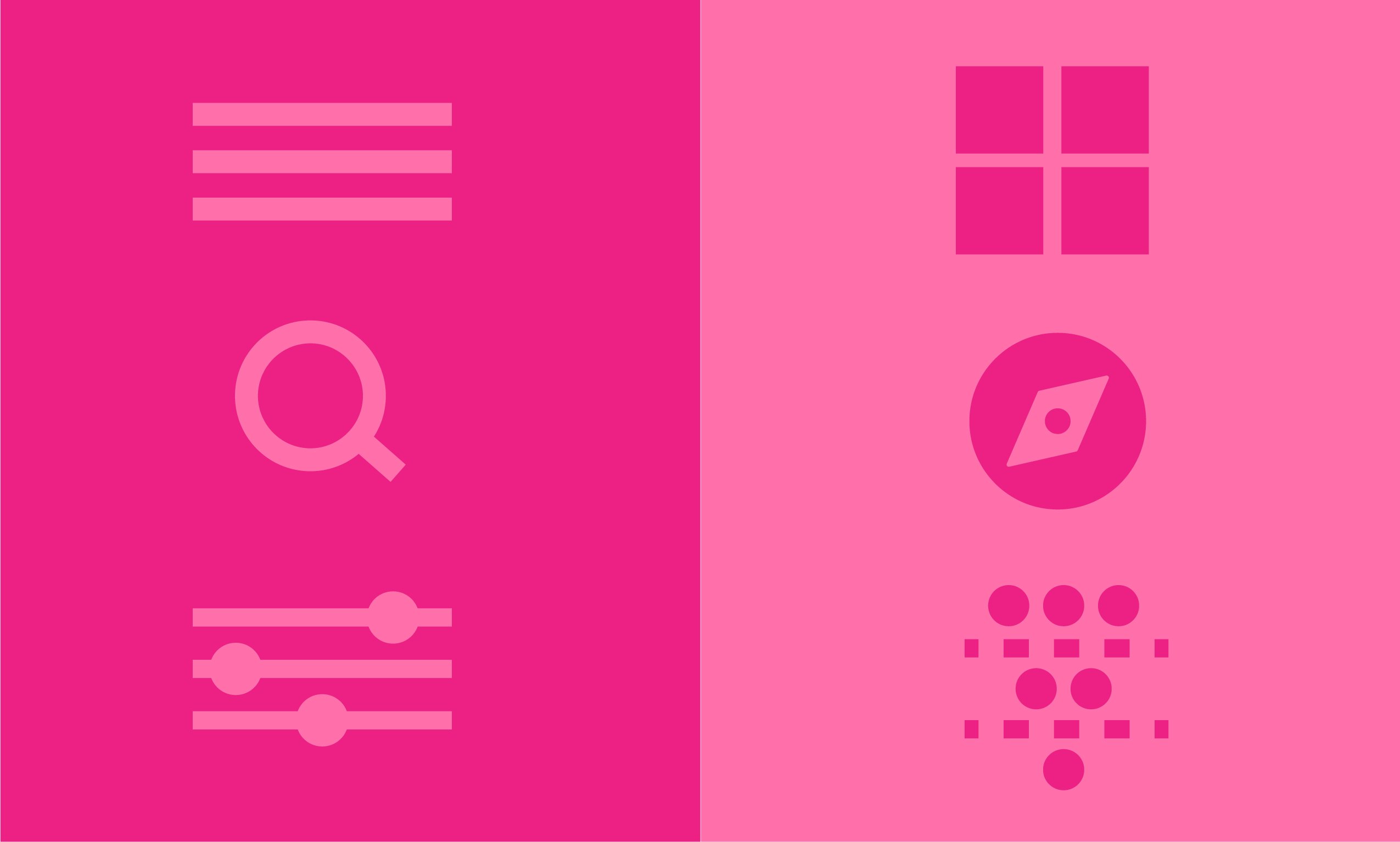Your credit union’s website is your biggest and most important branch because more people interact with your website than any of your brick and mortar locations. Given the importance of your website, how it’s designed has a massive impact on the overall brand experience you create for members and nonmembers alike. By following proven laws of user experience, you can make your credit union website design easy to use and increase the number of applications you receive.
Below, learn about Fitts’ Law, Hick’s Law, Jakob’s Law, Miller’s Law, and Occam’s Razor. Each of these laws of design is based on extensive research that can help you create a world-class credit union website.
Fitts’ Law
The time required to move a pointer to a target decreases with shorter distances and larger targets.

Overview
In 1954, psychologist Paul Fitts showed that the time required to move to a target depends on the distance to it, yet relates inversely to its size.* By his law, fast movements and small targets result in greater error rates, due to the speed-accuracy trade-off. Fitts’s law influenced the convention of making interactive buttons large because smaller buttons are more difficult and time-consuming to click. Likewise, the distance between a user’s pointer and interactive elements should be kept as short as possible (e.g., right-click pop-up menus and short drop-downs reduce travel time and thereby improve ease-of-use).
*Source: Interaction-Design.org, Fitts’ Law
Takeaways
- If you want something to be tapped or clicked, make it big.
- For mobile, place interactive elements near the bottom of screens where thumbs can easily reach them.
- For desktop, position newly revealed interactive elements near the last element the user interacted with.
Hick’s Law
Increasing the number of options increases the time needed to make a decision, but categorizing can dampen the effect.

Overview
Hick's Law explains how the number of possible choices impacts the time it takes for a person to make a decision. Increasing the number of uncategorized choices increases decision time linearly, while categorizing choices causes the time needed to make decisions to show a logarithmic pattern. Hick's Law has a logarithmic form because people subdivide the total collection of choices into categories, eliminating about half of the remaining choices at each step, rather than considering each and every choice one-by-one, which would require linear time.* Hence, as the number of choices increases, categorizing options improves user experience.
*Source: Wikipedia.org, Hick's law
Takeaways
- Fewer options leads to faster decisions.
- As options increase, categorizing decreases decision time.
Jakob’s Law, Miller’s Law, and Occam’s Razor
The explanations of Fitts’ Law and Hick’s Law above give you a taste for the insights you can glean from design research. To learn about Jakob’s Law, Miller’s Law, and Occam’s Razor, get this guidebook:
5 Laws of Credit Union Website Design










